#20th century church stained glass windows my beloved
Explore tagged Tumblr posts
Text
going insane over the stained glass windows of the saint-paterne church (orléans, france)










for real, i felt physically moved by so much beauty
#every single one was absolutely breathtaking#it made the church so colorful#20th century church stained glass windows my beloved#lise raconte sa vie#lise en balade#stained glass#stained glass window
24 notes
·
View notes
Text
Thursday 28th January 2021
Fossils. Ammonite and a woman named Mary Anning

Firstly a reminder that it’s a big day tomorrow and all weekend what with the Big Garden Birdwatch running and the film ‘The Dig’ being released on Netflix. I wrote about the film Here and the BTO’s Big Garden Birdwatch too.

Nuthatch in our garden
So that’s the reminders done.
Last night on BBC’s Winterwatch they were talking about the Isle of Skye and Dinosaur hunting - evidence of not real life Jurassic Park and last Autumn there was another film about a 19th Century historical, little known, woman who make a huge difference to the study of the natural world. I read about her in a BBC article.
Kate Winslet starred, but I haven’t really heard much about it. Apparently it wasn’t styled as a biopic and contained a largely fictional account of Mary’s romantic inclinations, despite her impact being to change our understanding of life in prehistoric times
"Mary Anning was three things you didn't want to be in 19th-century Britain - she was female, working class and poor" says Anya Pearson, who is campaigning for a statue in her honour.
"This was a time when even educated women weren't allowed to own property or vote, but despite this horrendous upbringing she was able to do all these incredible things."
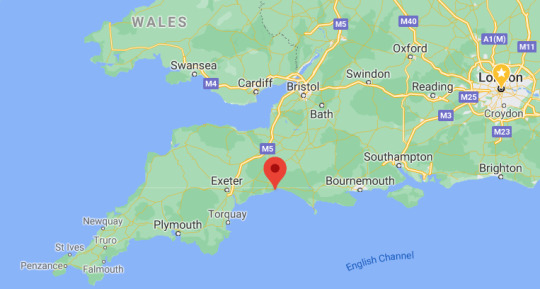
Lyme Regis: location shown by the red pin in the map
Lyme Regis, Dorset, in the south west of England, where Mary lived, was submerged 200 million years ago. This is why there are so many pre-historic fossils from underwater creatures found there. Mary often went fossil hunting after a storm because this usually caused bits of cliff to fall and for rocks to break open which made the fossil hunting easier. On the flip side of that it actually meant where the family lived was quite a dangerous location.
We’ve visited, many many years ago and had a lovely break. It’s very picturesque countryside and is also famous for the Meryl Streep film French Lieutenant’s Woman. I’ve walked along the famous Cobb, but not with such dramatic effect.
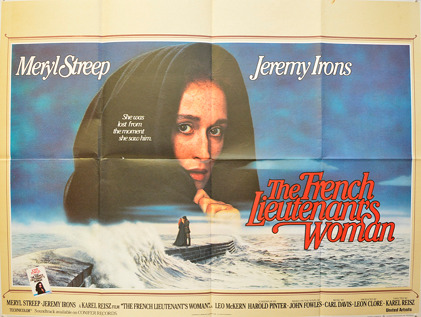
Original film poster
As you would gather from the ‘poor’ comment, Mary Anning's life was scarred by hardship and tragedy, but also quite incredibly triumphant scientific firsts. Born on 21 May 1799 she had been one of 10 children: eight of her nine siblings died before reaching adulthood.
Her father was a cabinet maker but used to scour the beach for fossils to sell and supplement his income. Mary would go out to help him and this is where he interest grew. She was only 11 when he died of TB after a serious fall. Mary carried on the sales to try and help the family survive. Although she had little formal education she could read and so schooled herself in subjects like geology and anatomy and would even dissect modern animals like fish and cuttlefish so that she could better understand the fossils she was finding.
Only a year after her father's death Mary and her brother discovered a skeleton - now known to be an Ichthyosaur - this was the event for which she’s most remembered today. This complete skeleton was around 17′ long. She regularly risked her life in her hunt for fossils, making discoveries that captured the attention of the scientific elite, even though her social status and gender meant she never received the credit she deserved.
Twelve years later, she found the first complete skeleton of a Plesiosaur, a marine reptile so bizarre that scientists thought it was a fake.
The ‘four flipper swimmer’ who ‘flew’ through the ocean.
youtube
The most fantastic find was a Plesiosaur uncovered in 1987. Its abdomen contained bones of an embryo, which proves the animal gave birth to live young.
We’re still learning.
We’ve also got to remember that at the time Mary’s family were non-conformist, t living in a very religious community. The Creation was the subject of society’s beliefs and the notion of extinction was a relatively new idea to science.
Lyme Regis Museum geologist Paddy Howe, who was a technical adviser for Ammonite (the film) describes Anning as a "very poor child who was making fantastic scientific discoveries".
"At this time, geology and palaeontology were burgeoning sciences - just coming into their own, he says. "We know about Ichthyosaur bones from the 1600s but it was the first one to be studied by scientists. It was very important."
The marine reptile was bought from Anning for £23 and later purchased by the British Museum at auction in 1819. It can still be seen at the Natural History Museum. I imagine the value today is priceless.
Make a Virtual Visit to the Museum
Despite Mary Anning's growing reputation, societal norms meant she would never be accepted into the elite scientific community. In fact, when the Geological Society met to discuss whether the plesiosaur was genuine, she was even not invited along - women were not admitted there until the 20th Century.
"If she was born in 1970, she'd be heading up a palaeontology department at Imperial or Cambridge," says David Tucker, director of Lyme Regis museum.
"But she was a commercial fossil hunter; she had to sell what she found. Therefore, the fossils tended to be credited to museums in the name of the rich man that paid for them, rather than the poor woman who found them.
"This isn't just around gender - the history of science is littered with the neglected contributions of working-class scientists."
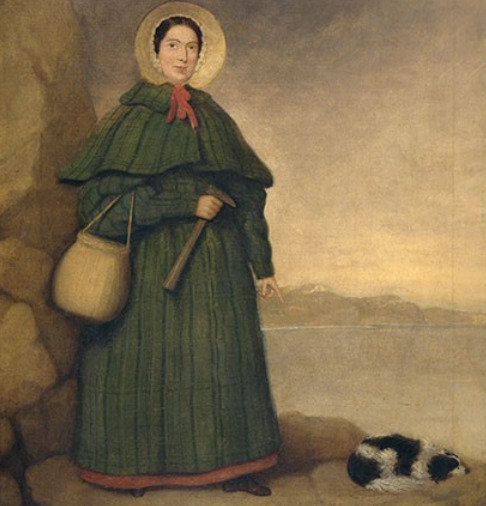
Mary Anning: image credit the Natural History Museum
Despite her lifetime of groundbreaking work, Mary remained in hardship and died of breast cancer in 1847, aged 47. She is buried at St Michael the Archangel Church in Lyme Regis.
Following her death, Henry De la Beche, President of the Geological Society and a friend of hers, broke with the Society's members-only tradition to read a eulogy at a meeting, paying homage to her achievements.
He wrote: "I cannot close this notice of our losses by death without adverting to that of one, who though not placed among even the easier classes of society, but one who had to earn her daily bread by her labour, yet contributed by her talents and untiring researches in no small degree to our knowledge."
Three years later, a stained-glass window in her memory, paid for by members of the Geological Society, was installed in the church where she was buried. Her legacy is also marked at Lyme Regis Museum, where there is a gallery dedicated to Anning's life. In a pleasing coincidence, the museum stands on the site of her birthplace and family home.
"The fact that the museum is on the site of Mary's house was not in any way planned," Mr Tucker says. "Her family rented a part of the house which stood where we are, right on the edge of the sea.
"They were living in a house that was on the way down and prone to being hit by the huge waves and it was eventually destroyed by a storm."
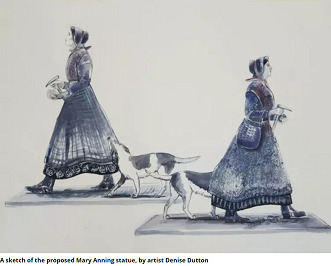
The design includes Mary’s beloved dog, Tray
More than 170 years after her death, Mary Anning's story is now taught in schools, and a campaign, supported by Sir David Attenborough and Prof Alice Roberts, is under way to erect a statue in her honour.
Evie Swire an 11 year old local schoolgirl, began campaigning for the statue, claiming there were more statues in the UK of men called John than there were of all women.
"She's done all these amazing things and sadly has been lost in history," Evie says.
"There have been a lot of forgotten women in history but all of them were educated and came from a wealthy background, but she was poor and working class," says Evie's mother and campaign trustee Anya Pearson.
"I get angry when people refer to her as 'just a fossil collector' because she had great men of learning travel across Europe to learn from her.
Two years later and the campaign is beginning to bear fruit, reaching the £70,000 stage target that means the statue can be commissioned.
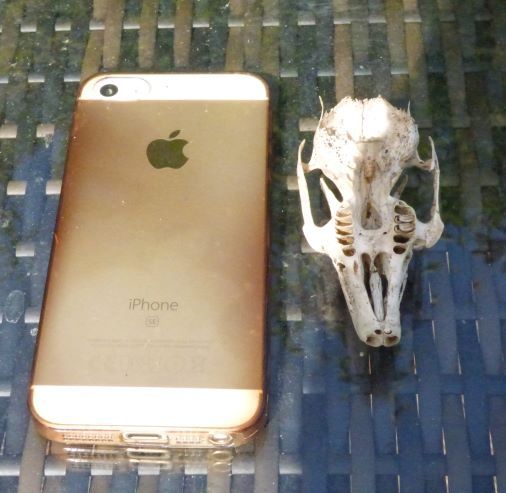
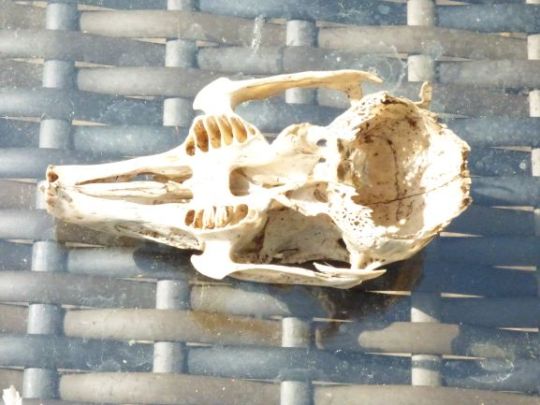
I can’t say I’ve ever had a big interest in dinosaurs or fossils really. It wasn’t something the girls were ever keen on when they were small and so I didn’t get lead down that path like so many parents do these days. The closest I’ve come was finding the rabbit skull in our garden last year - and that’s not going to set the scientific community on fire now is it. Never the less, reading about some women who did have an interest and have worked on important discoveries has whetted my interest and I’ve enjoyed looking at the topics.
NOTES FROM THE KITCHEN:
I found a slightly over-looked roll of ready made puff pastry in the fridge and so with the aid of my trusty lattice roller, I shall be making a leftover-chicken and leek pie.
FUN FACT OF THE DAY:
Mary Anning is said to have been the inspiration for the tongue-twister ‘She sells sea shells by the sea shore’
0 notes